Avaliable in the Intermediate Course from £329
2 Trackman 4's - all our schools benefit from the amazing data and feedback from the worlds leading video and analysing machine. Visio Putting Aids - seen as the best putting aids in golf.
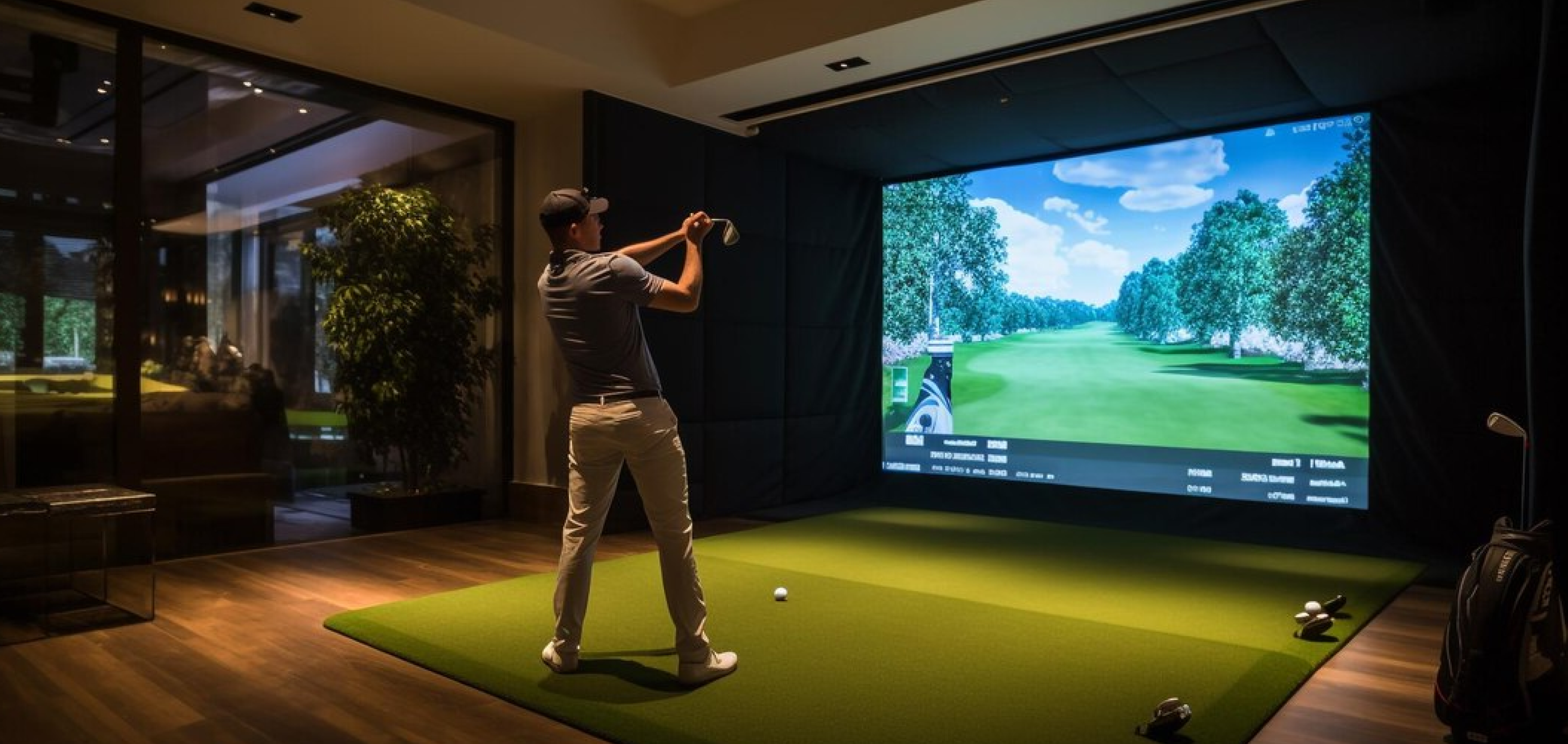
2 Trackman 4's - all our schools benefit from the amazing data and feedback from the worlds leading video and analysing machine. Visio Putting Aids - seen as the best putting aids in golf.
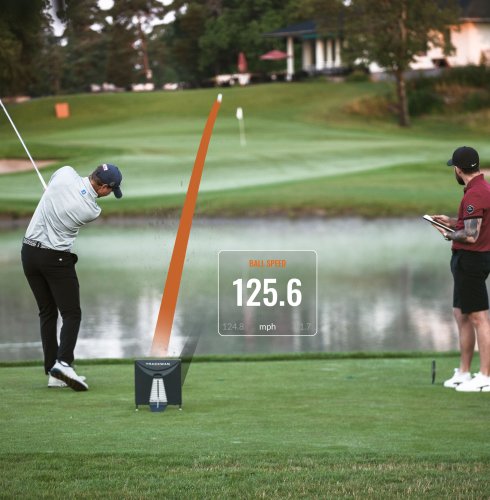
The TrackMan numbers are the brain behind it all. All major stakeholders of the game, without exception, use and trust our numbers for two main reasons: precision and reliability. With TrackMan, you will quickly understand why and how they use our data in their daily work. With us, you’ll quickly become an insider of the most revolutionary training tool in the industry. We track the full trajectory of any shot, from 6 foot pitches to 400 yard drives, pinpointing the landing position with an accuracy of less than 1 foot at 100 yards. We also display the shot’s 3D trajectory together with 26 impact and ball flight parameters in real time (data is delivered within 1 second).
Below are examples of the key club and ball definitions you can track with TrackMan.
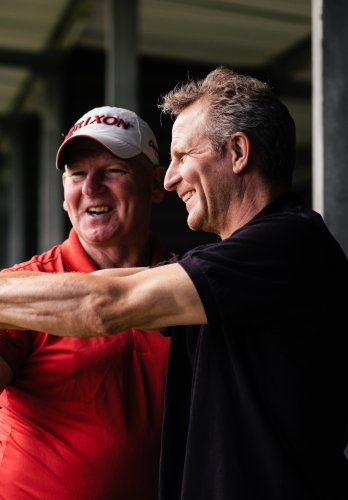

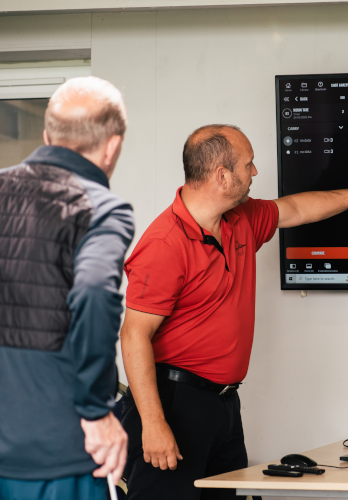
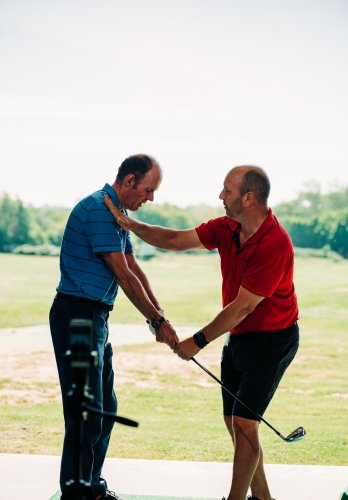
Stoke by Nayland Hotel, Golf & Spa,
Keepers Lane,
Leavenheath,
Colchester,
CO6 4PZ